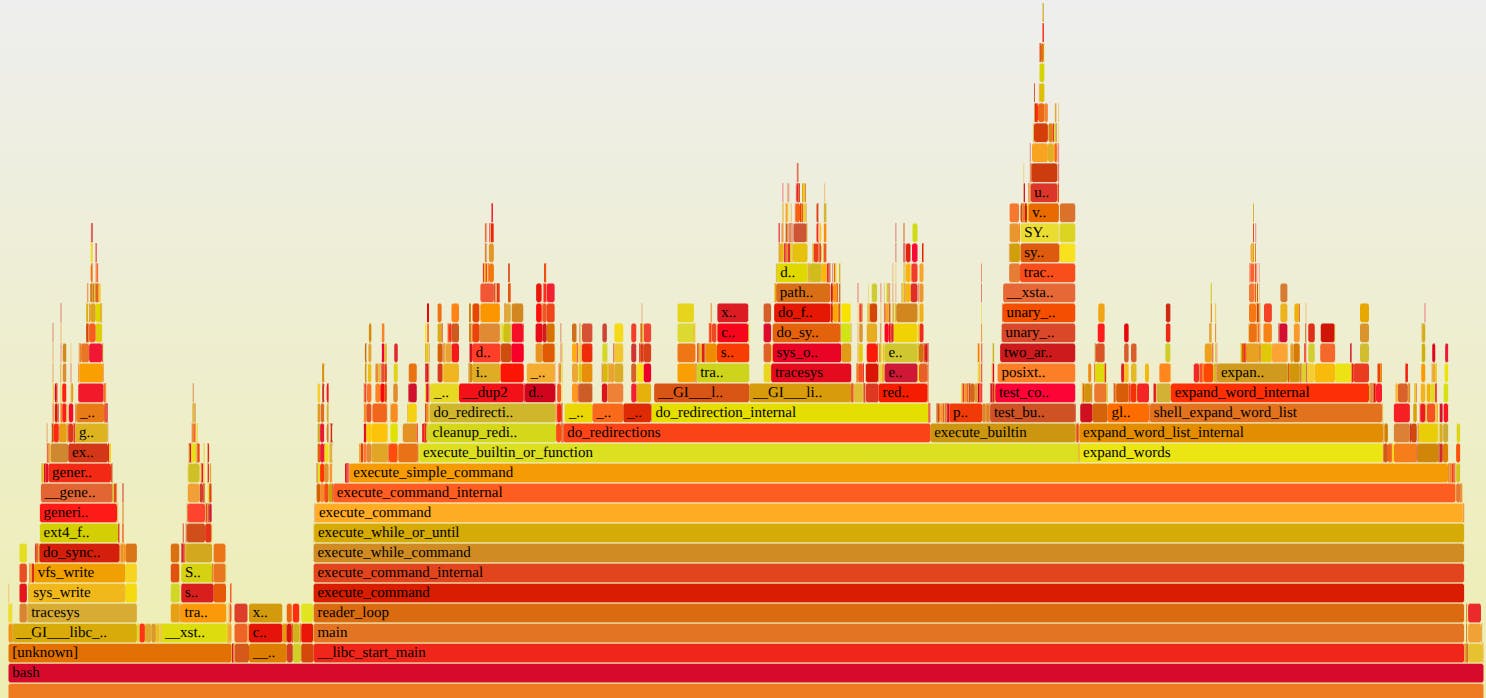A bizarre new toy trend called “laoshugan” — literally “rat-dried” — has taken Chinese social media by storm. The name comes from its thin, flattened shape, resembling a dried snack. These intentionally misshapen plush dolls, loosely stuffed and floppy, started as a meme among anime fans and have now evolved into a nationwide symbol of humor, irony, and rebellion against conventional aesthetics.
Why it matters:The rise of “rat-dried” dolls highlights how China’s Gen Z is redefining beauty through irony. In a culture saturated with filtered perfection, young people are turning to absurd and “ugly-cute” creations to express individuality and emotional authenticity. The trend represents both comic relief and quiet defiance — a way to laugh at the pressures of looking perfect.
Details:Laoshugan dolls are intentionally awkward and handmade, offering a blend of absurdity and creativity that resonates with China’s online youth.
- Each doll is about 30–40 cm long, made by printing distorted images — often of anime characters, idols, or even the buyer’s own photo — onto fabric and loosely stuffing it with cotton. Some include wire frames for flexible posing.
- Priced at only RMB 10–20 (USD 1–3), laoshugan toys are cheap, easy to personalize, and visually striking.
- On Taobao and Pinduoduo, monthly sales at some shops exceed 5,000 units. Users on Xiaohongshu (China’s Instagram equivalent) and Weibo post photos of their dolls “traveling,” “eating,” or “attending concerts,” turning them into humorous “companions.”
- What began as parody has become self-expression. For many, the dolls provide comfort and a sense of emotional companionship — “ugly but healing.”
Context:The laoshugan phenomenon sits within a broader wave of “ugly but fun” consumer trends in China, where imperfection has become both art and protest.
- Unlike commercial collectibles, these dolls emerged from online fan communities as a spontaneous, DIY experiment.
- The concept echoes Japan’s kimo-kawaii (gross-cute) mascots and America’s UglyDolls, but China’s version is more participatory and chaotic — shaped by memes and community humor rather than corporate design.
- The popularity of “rat-dried” dolls reflects how digital-native youth balance anxiety and humor. In rejecting perfection, they affirm a new aesthetic logic: imperfection as authenticity.
Related











